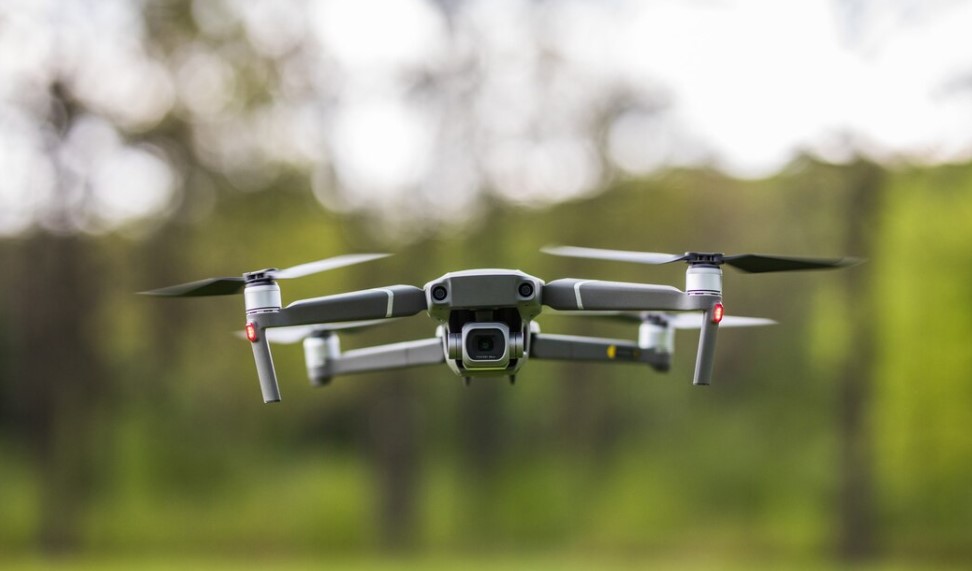Overview
Drone cinematography has rapidly evolved to offer filmmakers immersive aerial perspectives, bringing audiences closer to the action than ever before. Advancements in drone technology, from FPV stabilization to omnidirectional sensors, combined with a booming market valued at USD 11.8 billion in 2024, are democratizing aerial storytelling and reshaping the way documentaries, commercials, and narrative films are crafted.
The Evolution of Aerial Storytelling
From Helicopters to High‑Performance Drones
For decades, filmmakers relied on helicopters and cranes to capture sweeping aerial shots, a process both costly and logistically complex. Today’s drones deliver cinematic quality at a fraction of the cost, making dynamic aerial footage accessible to indie creators and large studios alike.
The Rise of FPV and Enhanced Stability
First‑person view (FPV) drones equipped with advanced gimbals and stabilization systems enable smooth, high‑speed maneuvers that draw viewers into the narrative. Companies like DJI have pioneered dual‑native ISO and omnidirectional obstacle sensing, allowing pilots to fly confidently in challenging environments.
Democratizing Filmmaking
Lower Barriers, Broader Access
By dramatically reducing equipment and crew requirements, drones have opened aerial cinematography to independent producers and small teams. As Dotmotions notes, “Independent producers don’t need an extensive crew or a huge budget to shoot a stunning scene”.
Creative Freedom for All
Platforms like Women Who Drone highlight how affordable drones empower storytellers to explore new perspectives, from sweeping landscapes to intimate close‑ups, without traditional constraints.
Technical Innovations Driving Creativity
Advanced Imaging and AI Integration
Modern drones boast high‑resolution sensors, real‑time image processing, and AI‑powered flight modes that automate complex shots. This fusion of robotics and machine learning streamlines workflows and unlocks visionary camera movements once reserved for specialist crews.
Safety and Compliance
With stricter regulations and smarter obstacle avoidance, drone operators can obtain necessary clearances more efficiently and focus on storytelling rather than permits.
Genre‑Specific Impacts
Documentaries
Aerial footage enriches documentaries by setting scenes, establishing scale, and providing context—transforming factual narratives into immersive experiences.
Commercials
Brands leverage drone shots to showcase facilities, products, and events from unique angles. Companies like VSI Aerial highlight how low‑altitude flights and overhead perspectives elevate visual branding.
Narrative Films
In narrative cinema, drones follow dynamic choreography—chase sequences, sweeping establishing shots, and emotional reveals—creating a sense of movement and excitement.
Case Studies & Notable Examples
- High‑Profile Productions: Beverly Hills Aerials used the DJI Inspire 3 to capture car commercials for Audi and scenes in Spider‑Man Noir and 9‑1‑1, demonstrating how professional‑grade drones integrate seamlessly into major film and television projects.
- Visionary Filmmakers: Director Ava DuVernay praises drones as “tools that make storytelling more accessible,” enabling breathtaking landscapes and emotional depth with minimal setup.
Market Growth & Future Trends
- Market Size: The global drone camera market reached USD 11.8 billion in 2024 and is projected to expand at a CAGR of 15.2% through 2034, reflecting surging adoption across media and entertainment.
- Service Demand: Drone photography services grew from USD 0.78 billion in 2024 to an expected USD 0.93 billion in 2025, driven by cost‑effectiveness and regulatory support.
- Commercial Registrations: As of May 2022, over 316,000 FAA‑registered drones were used commercially—including in film—projected to double by 2024.
- Emerging Technologies: AI‑driven flight planning and autonomous cinematography promise even more creative freedom, while 8K sensor integration will push image quality to new heights.
Best Practices for Drone Cinematographers
- Strategic Storytelling: Use aerial footage to amplify emotion, not just to impress—blend stunning visuals with narrative purpose.
- Cost Management: Balance equipment budgets against pilot fees; simpler setups can yield high impact at lower cost (e.g., DJI Mavic series).
- Safety First: Adhere to local regulations and use obstacle sensing; secure permits early to avoid delays.
Conclusion & Call to Action
Drone cinematography is no longer a niche—it’s a cornerstone of modern visual storytelling that unlocks unmatched creative possibilities. Whether you’re producing a documentary, commercial, or feature film, aerial imagery can elevate your narrative and captivate audiences.
Let’s Bring Your Vision to Light
Are you ready to ensure your video content is up to the mark? With top industry professionals at BVS film productions, we’re here to help you create content that reaches your target audience, improves brand image, and boosts your brand’s reputation.
👉 Contact us today to make your video content more accessible and inclusive!
📧 Email: info@bvsfilmproductions.com
📞 Phone: 440-653-9911
🌐 Visit: https://www.bvsfilmproductions.com/
Let’s make your content stand out and impactful!
#DroneCinematography #VisualStorytelling #AerialVideography #BVSFilmProductions

